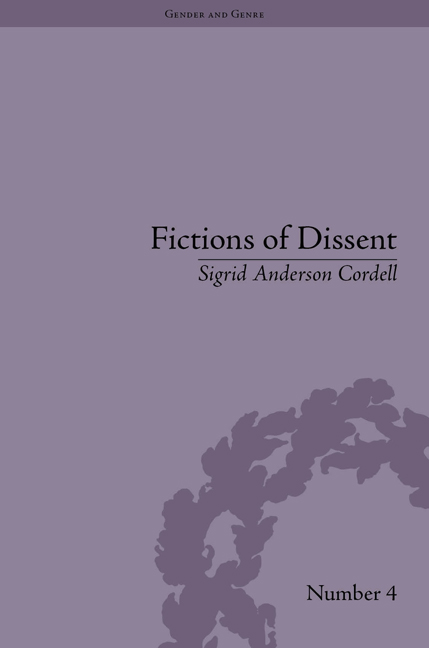 Fictions of Dissent
Fictions of Dissent Book contents
- Frontmatter
- CONTENTS
- Acknowledgements
- Introduction: The Muse's Revenge
- 1 ‘A Beautiful Translation from a Very Imperfect Original’: Mabel Wotton, Aestheticism and the Dilemma of Literary Borrowing
- 2 Vernon Lee and the Aesthetic Subject
- 3 Edith Wharton and the Artist as Connoisseur
- 4 The Aesthetics of Ownership in Women's Stories
- Notes
- Works Cited
- Index
4 - The Aesthetics of Ownership in Women's Stories
- Frontmatter
- CONTENTS
- Acknowledgements
- Introduction: The Muse's Revenge
- 1 ‘A Beautiful Translation from a Very Imperfect Original’: Mabel Wotton, Aestheticism and the Dilemma of Literary Borrowing
- 2 Vernon Lee and the Aesthetic Subject
- 3 Edith Wharton and the Artist as Connoisseur
- 4 The Aesthetics of Ownership in Women's Stories
- Notes
- Works Cited
- Index
Summary
Throughout this study, I have argued that American and British women writers used the image of a rebellious muse in their short fiction to push back against an aesthetic stance that focused on the artist's or critic's reactions and elevated those reactions to works of art. In their fiction, these late nineteenth-century women writers fashioned female characters who resisted attempts by aesthetic males to use them as raw material to be incorporated into a work of art without the authority to speak for themselves. The rebellious muses in my study have, by and large, refused to be passive objects of beauty and have, instead, agitated for a stake in controlling how they are represented in images. The trope of rebellious female muses, and the questions the stories about them raise about the relationship between artists and their raw material, points to a debate about how art is and should be created. As I have argued throughout, short fiction was a particularly supple form in which to stage these moments of rebellion, primarily because the form allowed women writers to focus in on particular moments of conflict without having to follow the generic conventions of the novel, including the requisite happy or tragic ending.
- Type
- Chapter
- Information
- Fictions of DissentReclaiming Authority in Transatlantic Women's Writing of the Late Nineteenth Century, pp. 93 - 112Publisher: Pickering & ChattoFirst published in: 2014
